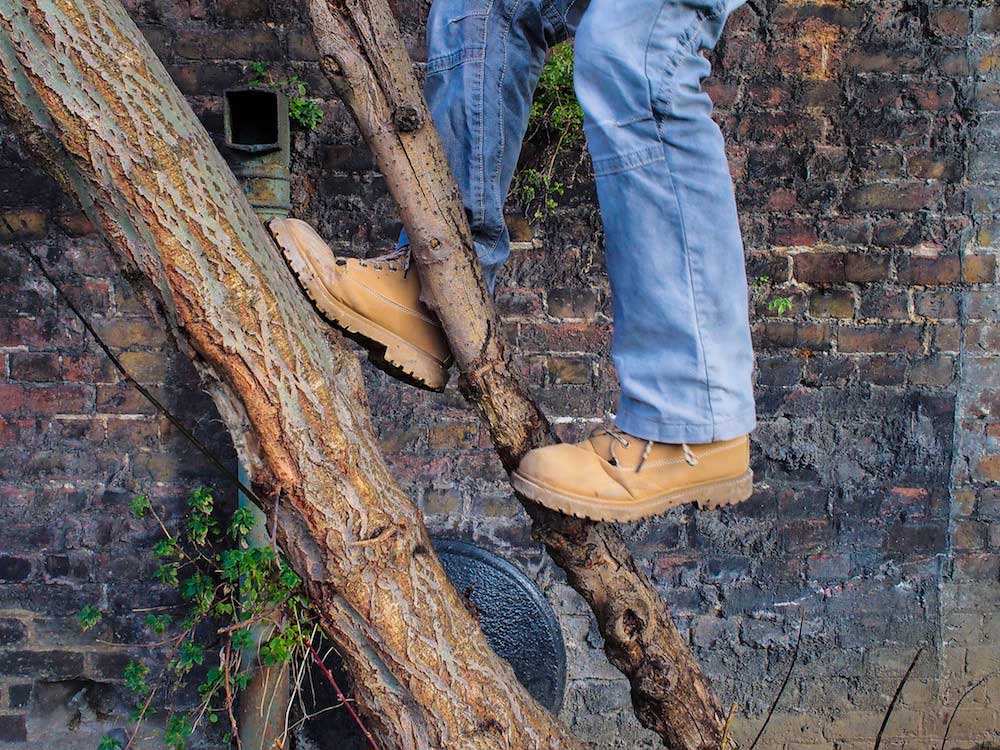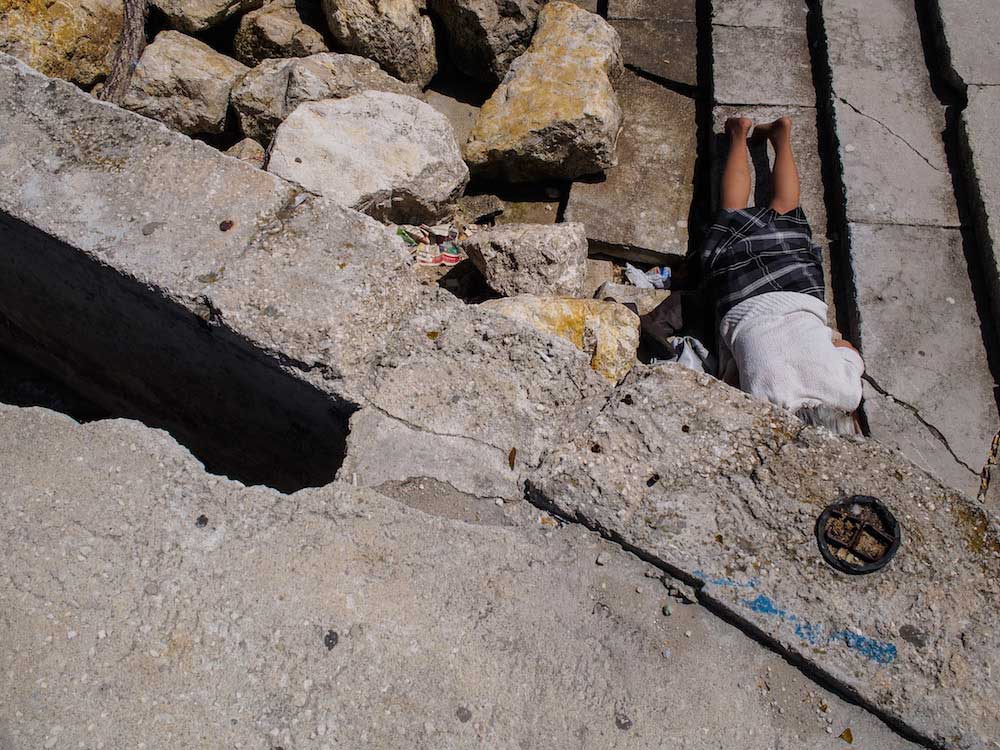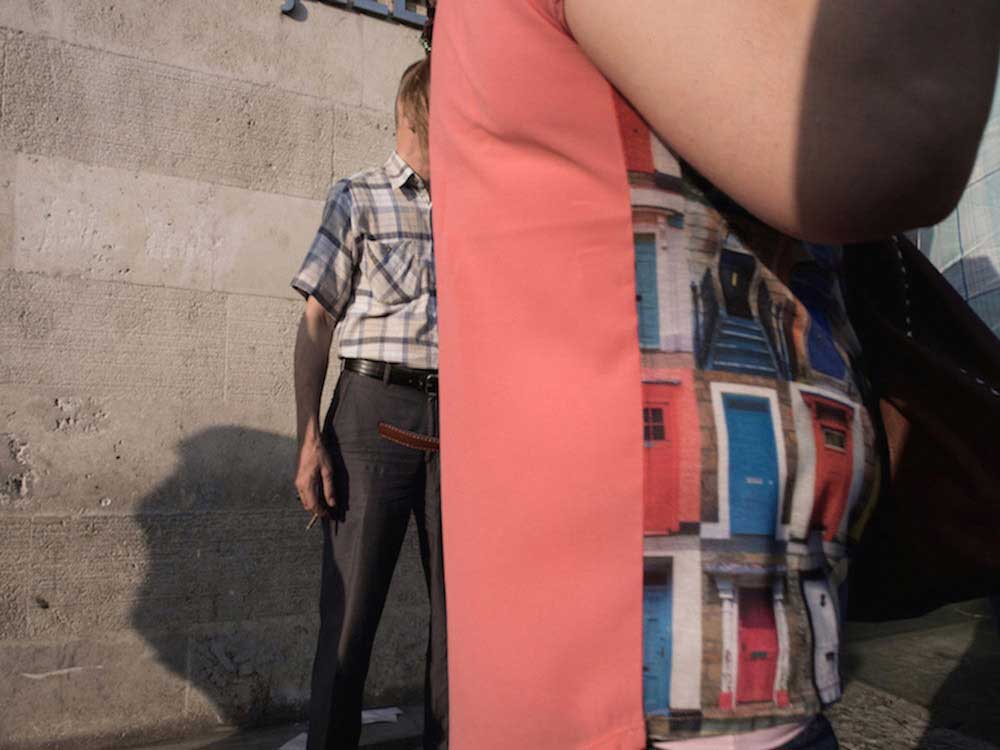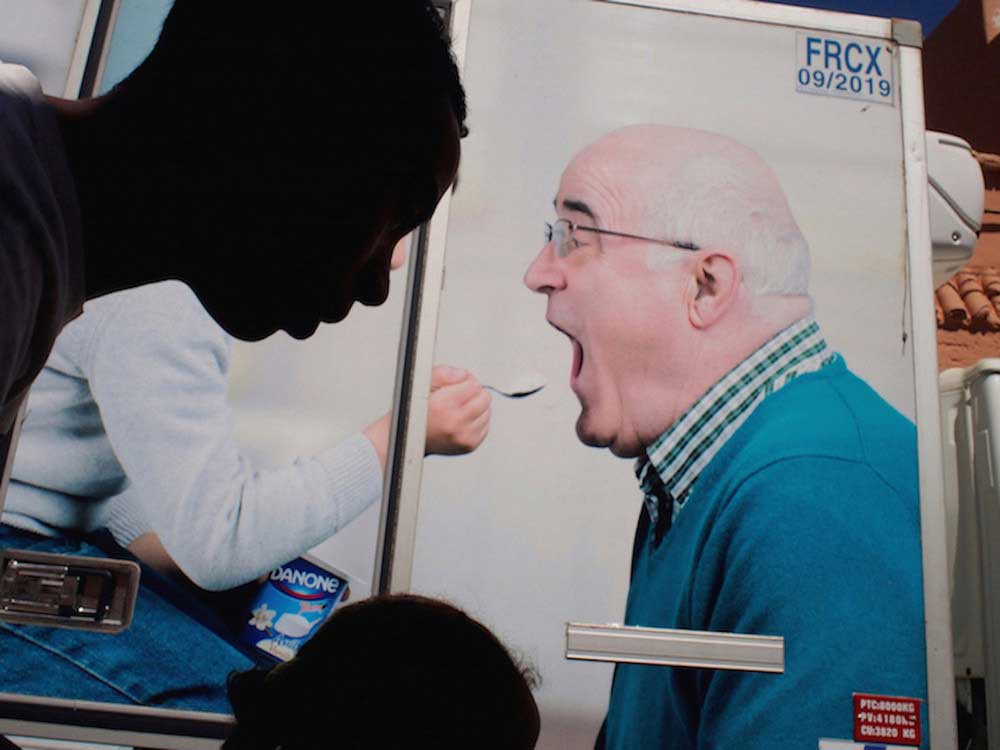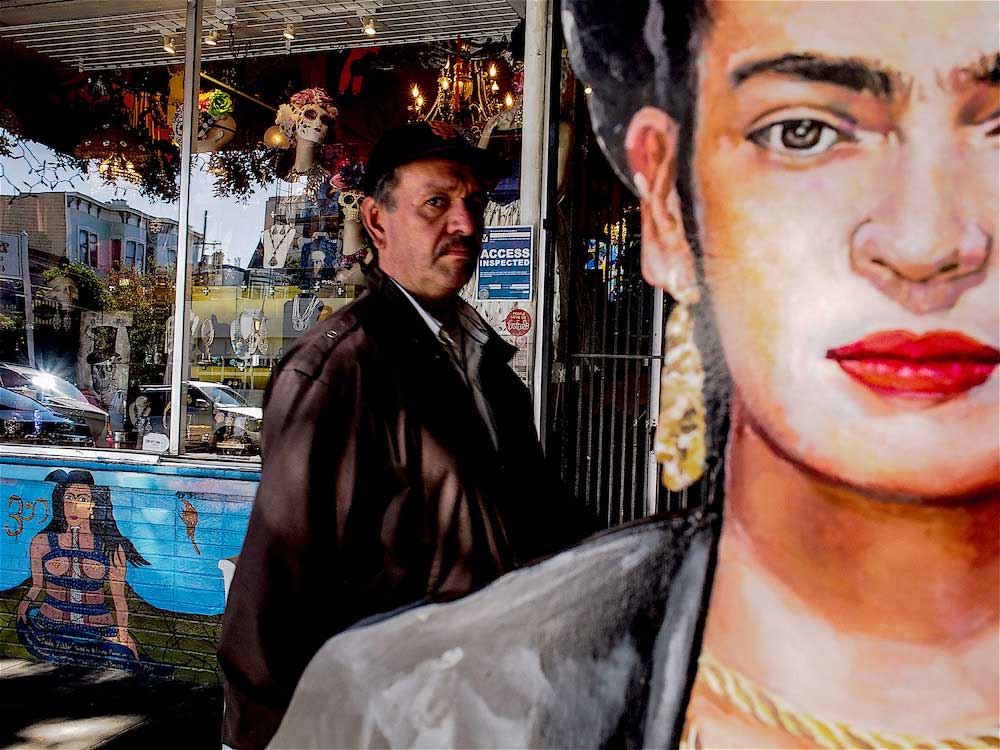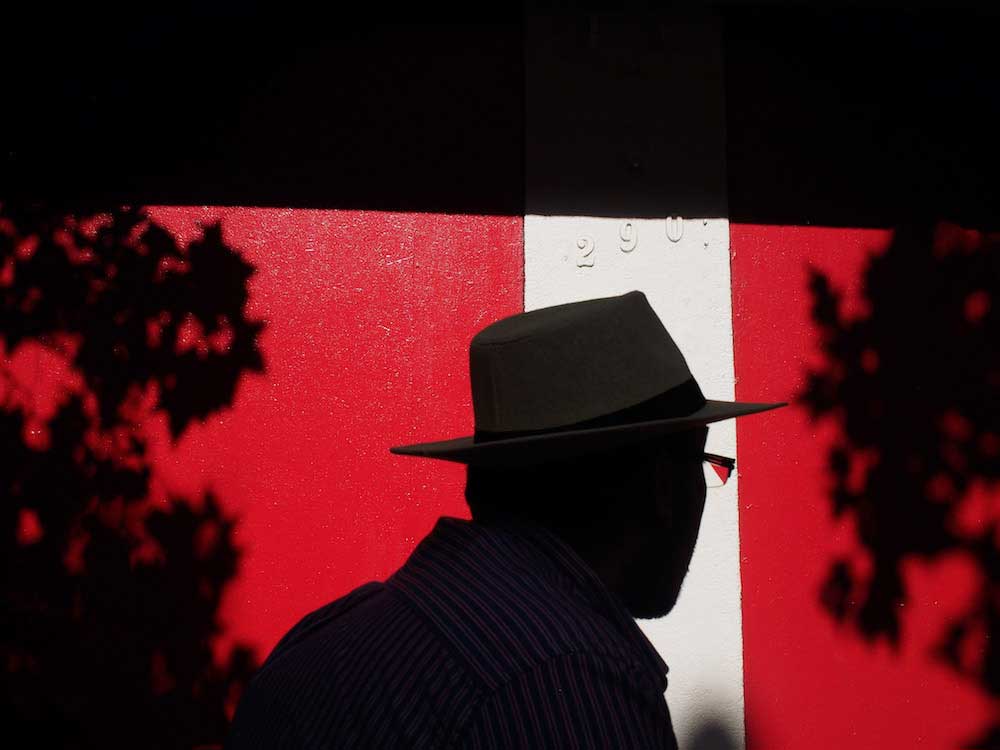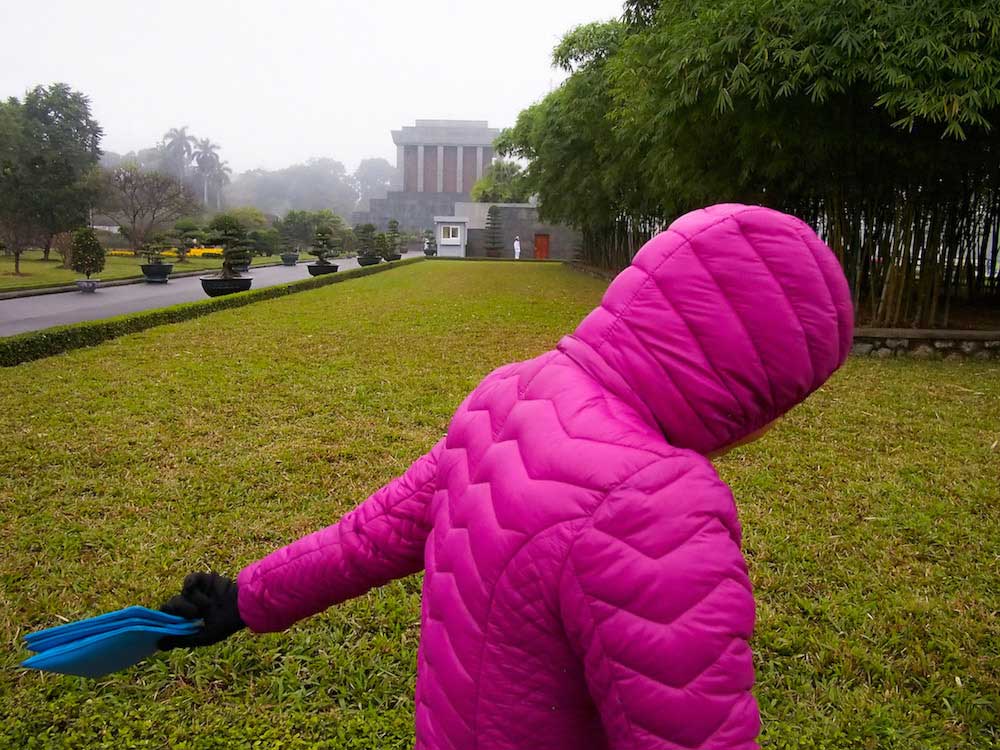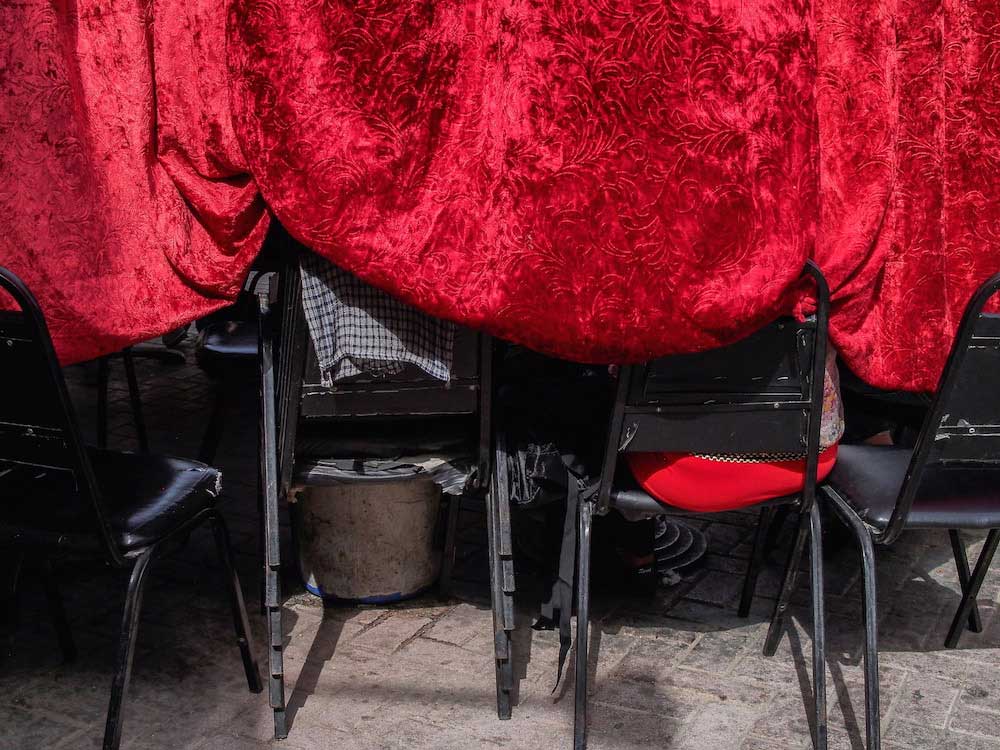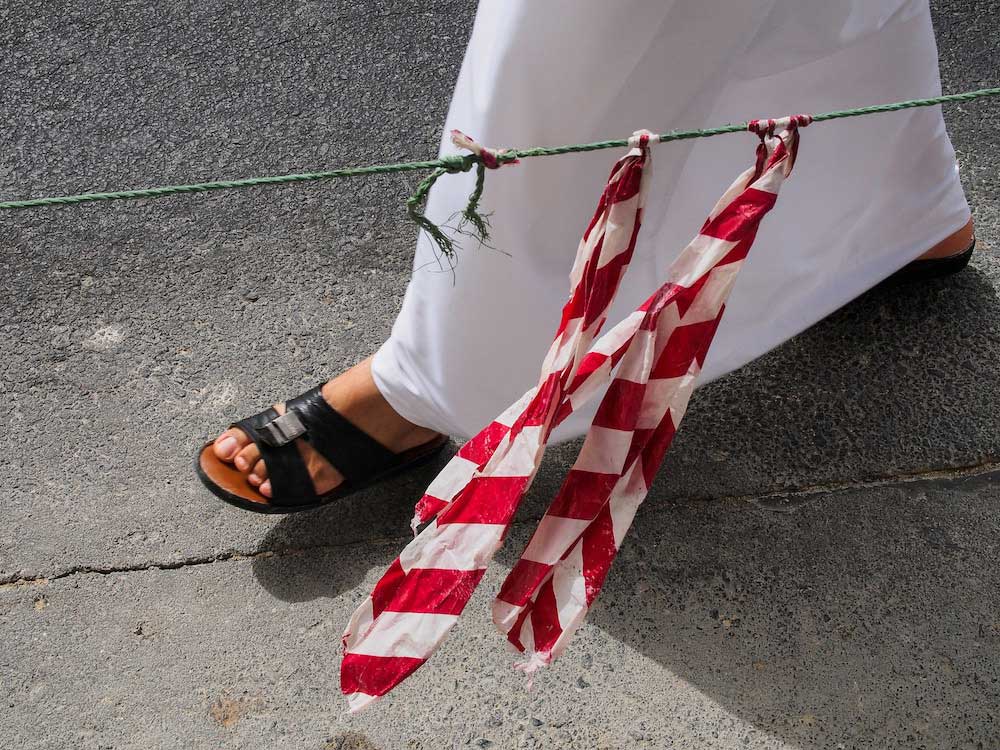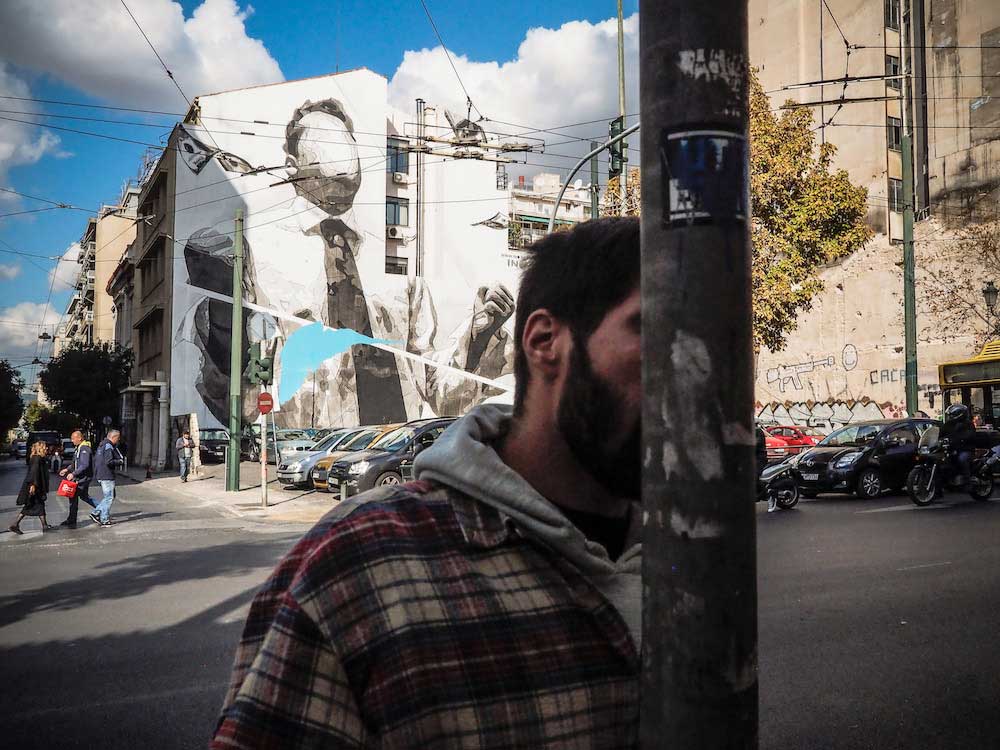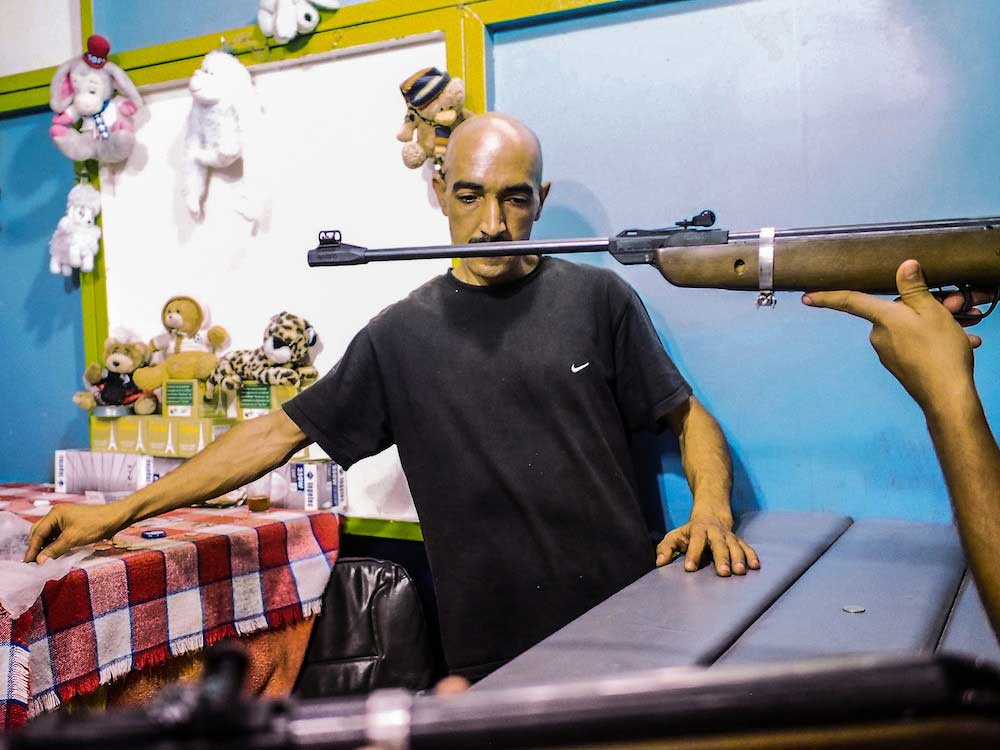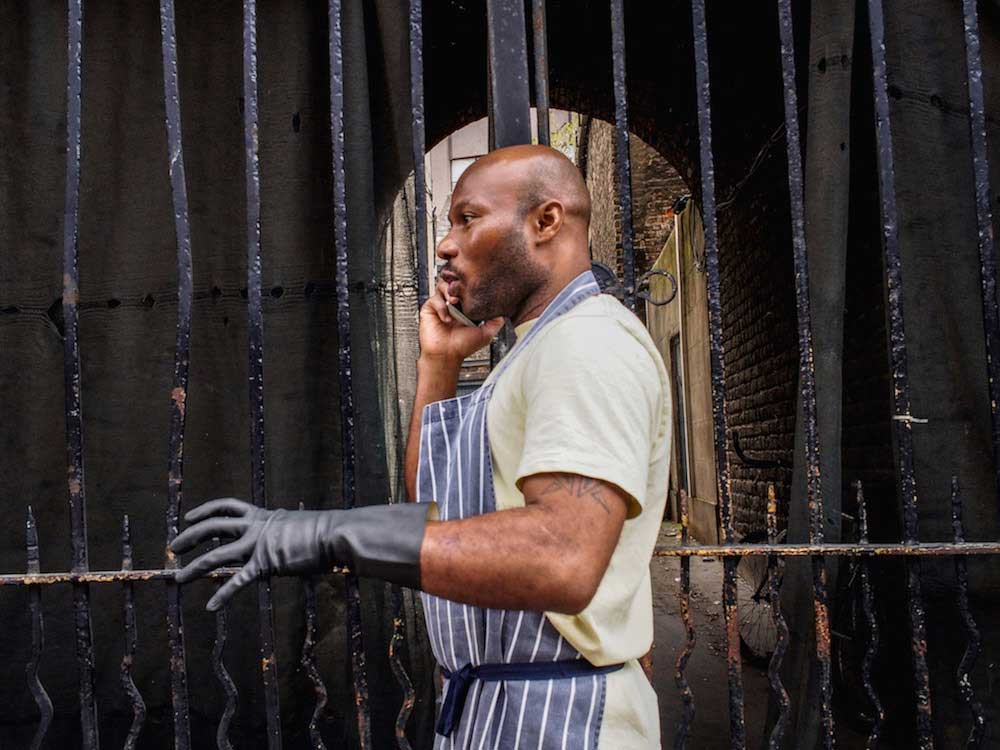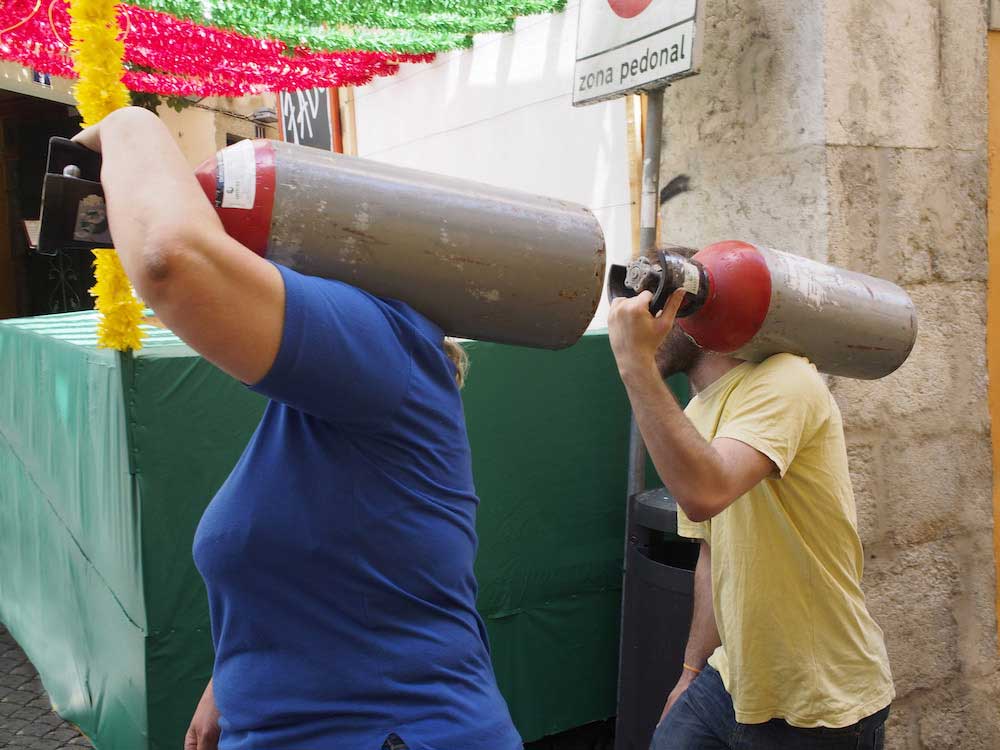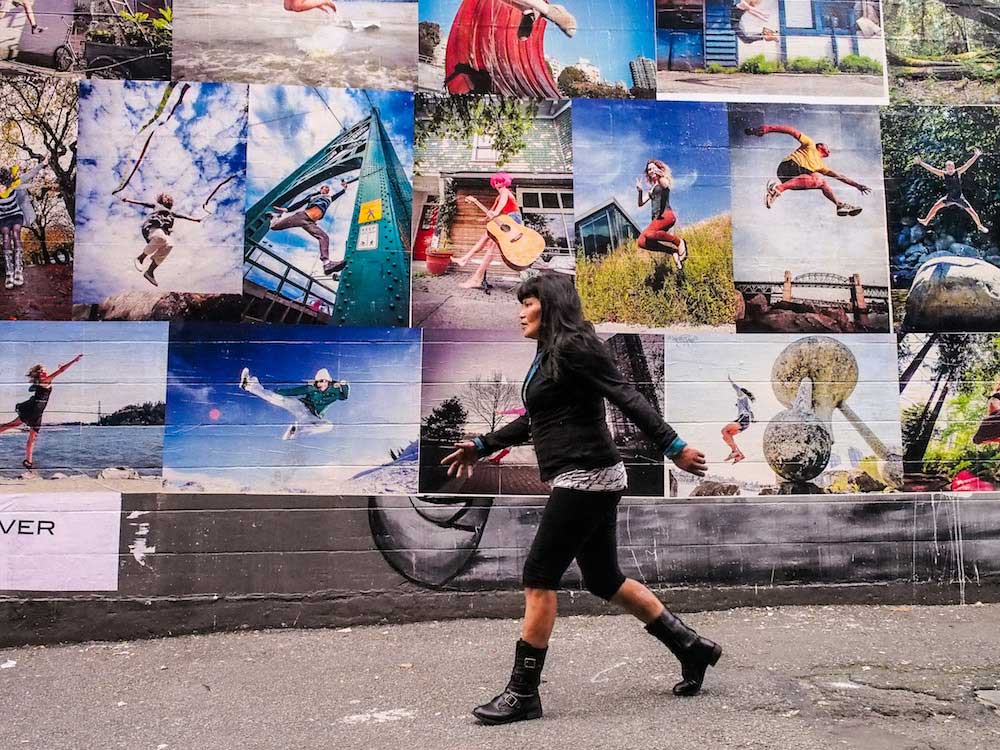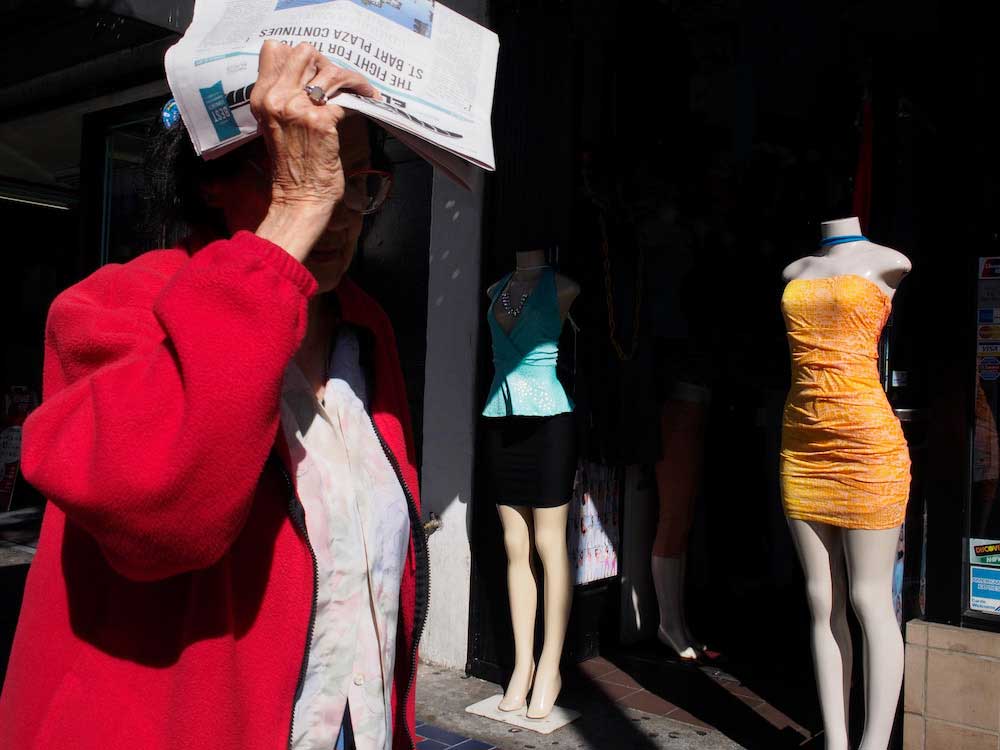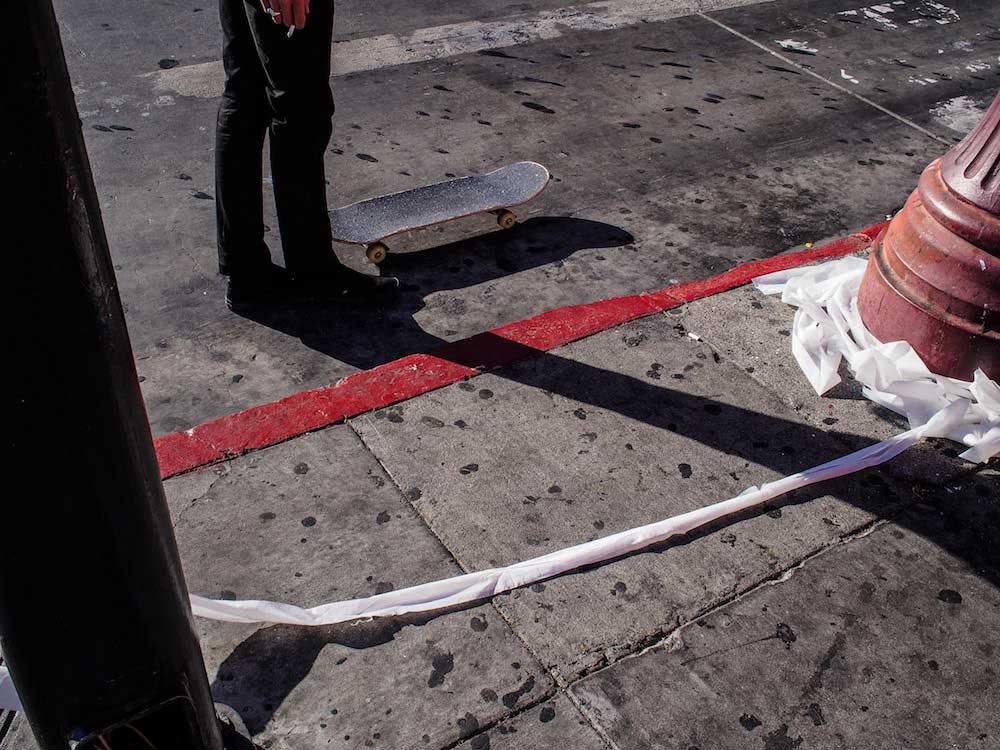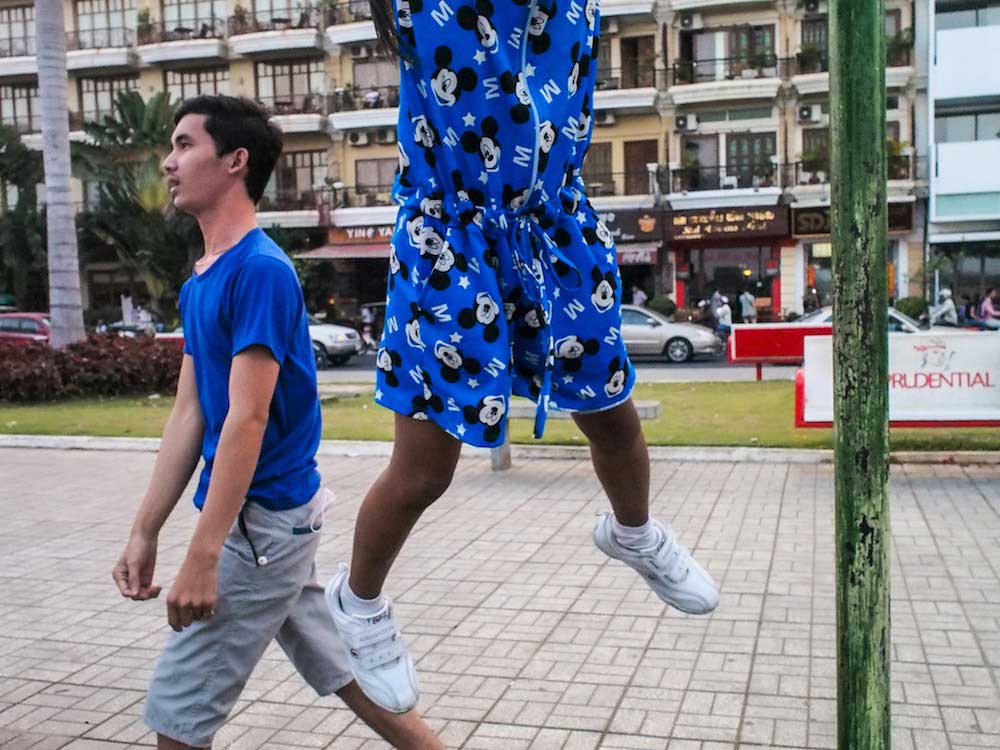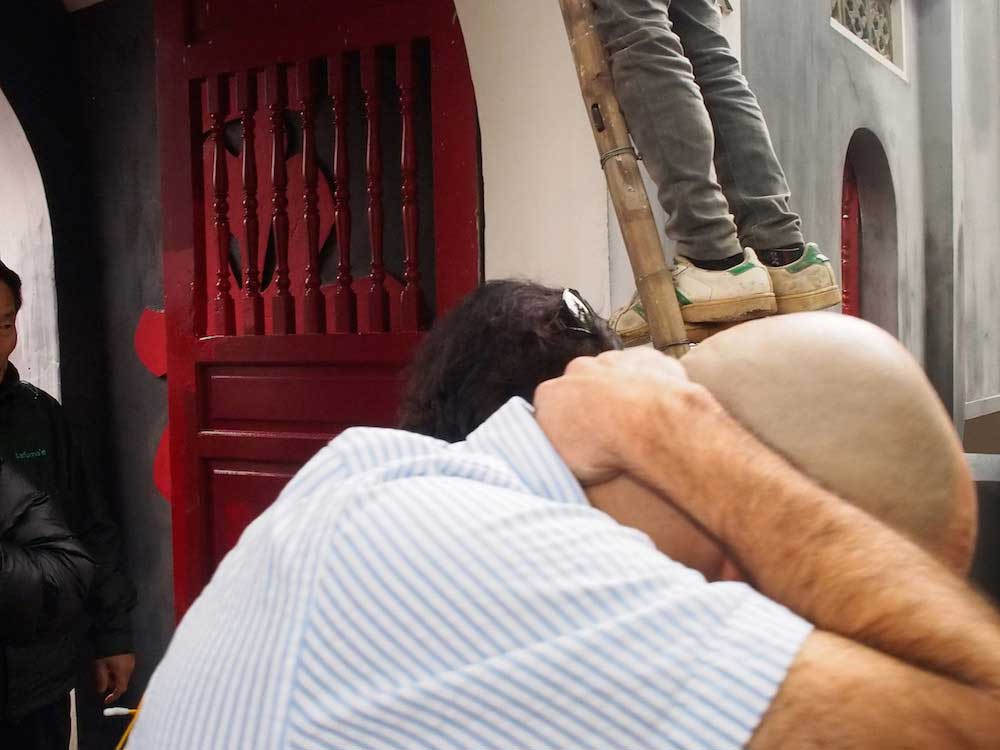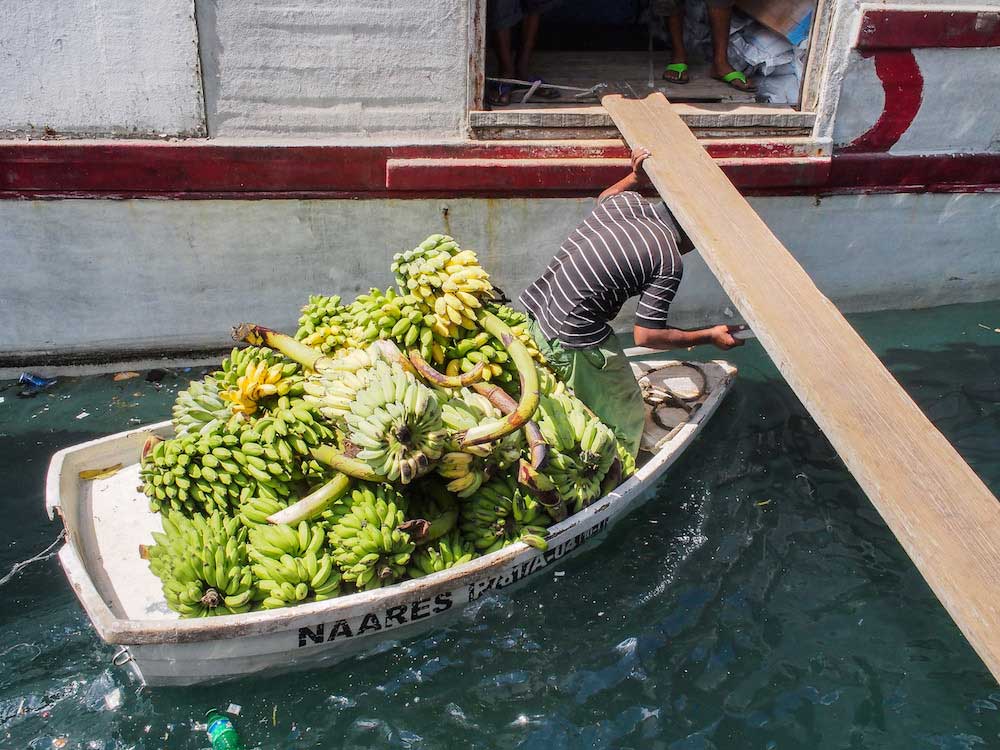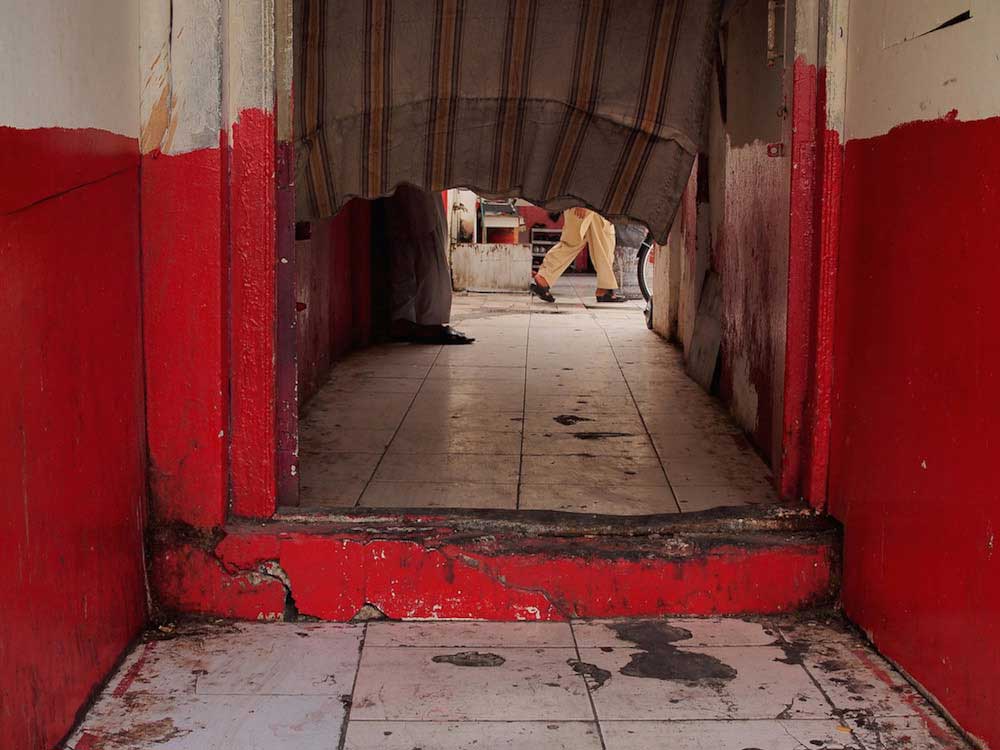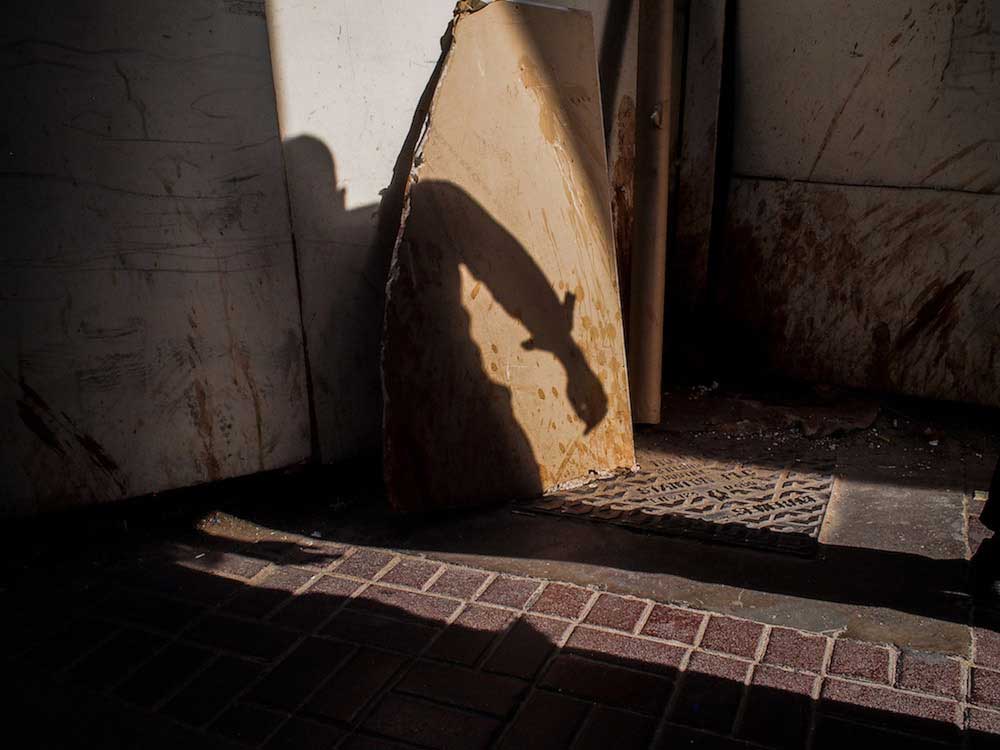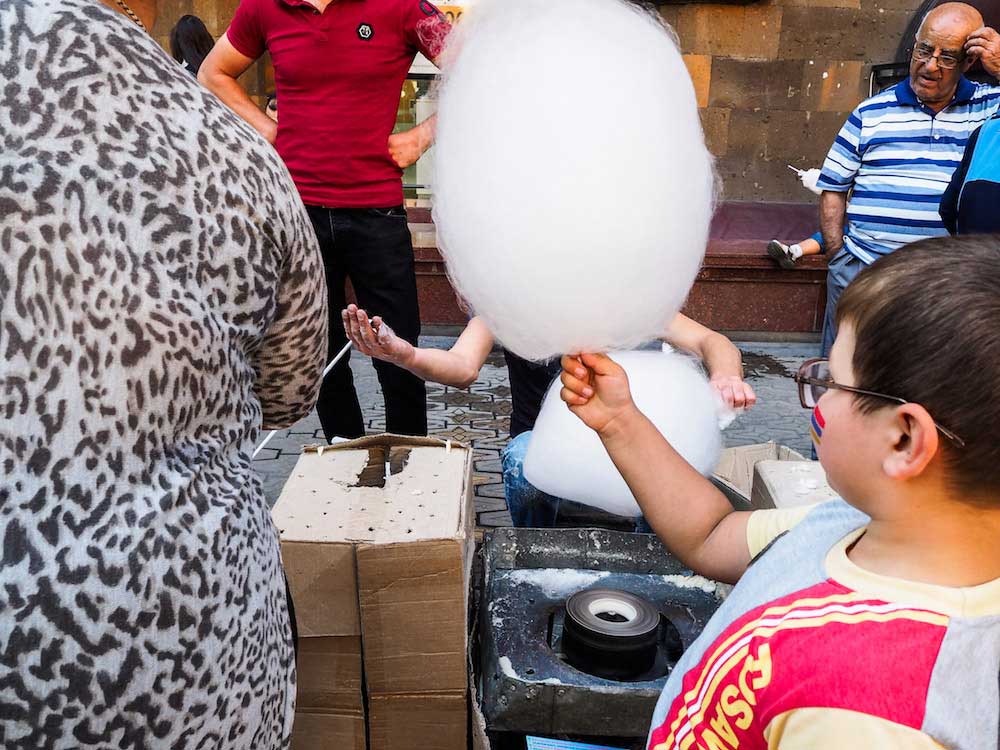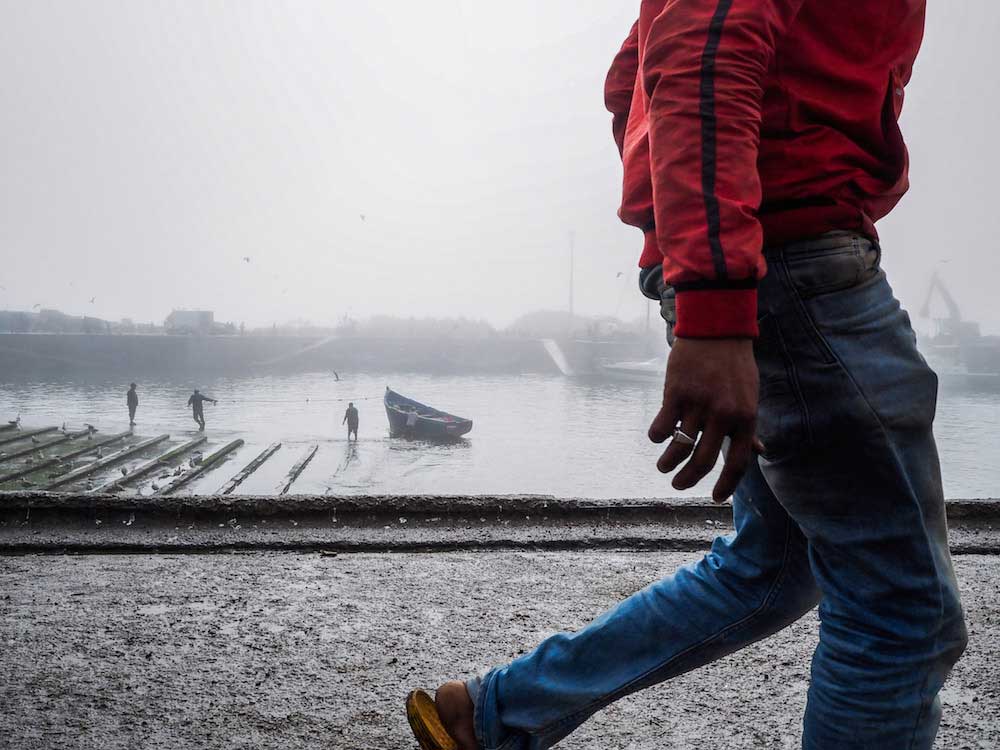Hakim Boulouiz is a street photographer with a deep passion for urban territories.
The city captivates him, fascinates him, amuses him, but it also shakes him up, troubles him and preoccupies him.
He practices street photography everywhere he finds himself. This interest in the urban environment was built up throughout his academic career. It comes first from his training as an architect, then from that of a filmmaker (the city was naively the set by default for first films while waiting for the budget and the studio producer), and then his doctoral thesis on the Interaction between urban and short films of the French New Wave (one of the most urban cinematic currents of all time, and whose fate has been intricately linked to cities). Gradually, he came to the conclusion that to think of the contemporary relationship faced by man in the urban world is downright one of the tests and mission of an artist.
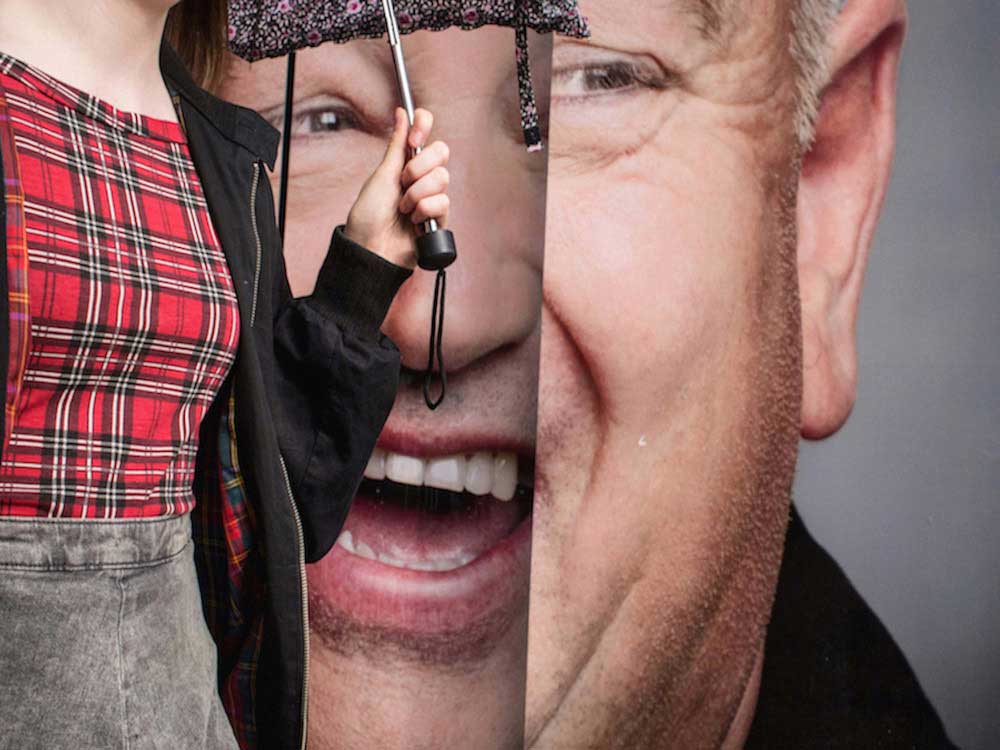
Street arts remains important for any city, as a way to observe and take an interest in its space. It is a way of appropriating the city. It is an anchor point and an active participation in the imaginary. The Man who expresses himself in the city is no longer reduced to an insane passer-by who subjects the city to his malice, he becomes an actor, and not a spectator, of his real-life, and his urban experience.
The street astonishes each time by its moods, its seasons. The street is governed by a daily that remains random and hypothetical. The street is learned, it is tame. But it’s never completely controlled. Precisely, what drives any street photographer, it is the adrenaline to walk towards the hidden and the concealed. There are no more exciting, for him than alleys where he never knows what he intersects at their ends. There is no more exciting than the unknown cities where he landed for the very first time. There is no more exciting than a crowd of humans spreading in all directions and almost simultaneously like a crystal glass bursting on the ground. The street is the only studio of the street photographer. But it allows him, on the other hand, to “notice” and “discover” his daily life (unlike the classical studio which remains sterile), because the street as a space of conceptual photography is almost the only one capable of glorifying and Finally, to exalt the unexpected.
It is wrong to think that street photography is only practiced on the street. It can be done outside as well as inside, in a dentist’s waiting chair, among an over excited crowd watching a Lucha Libre match, between the mazes of a Soviet underground passage or at the edge of an empty swimming pool. What counts in street photography is not the street but the “street spirit” (improvising, rapidity, randomness) as opposed to “studio spirit” (calculation, mastery, and cutting).
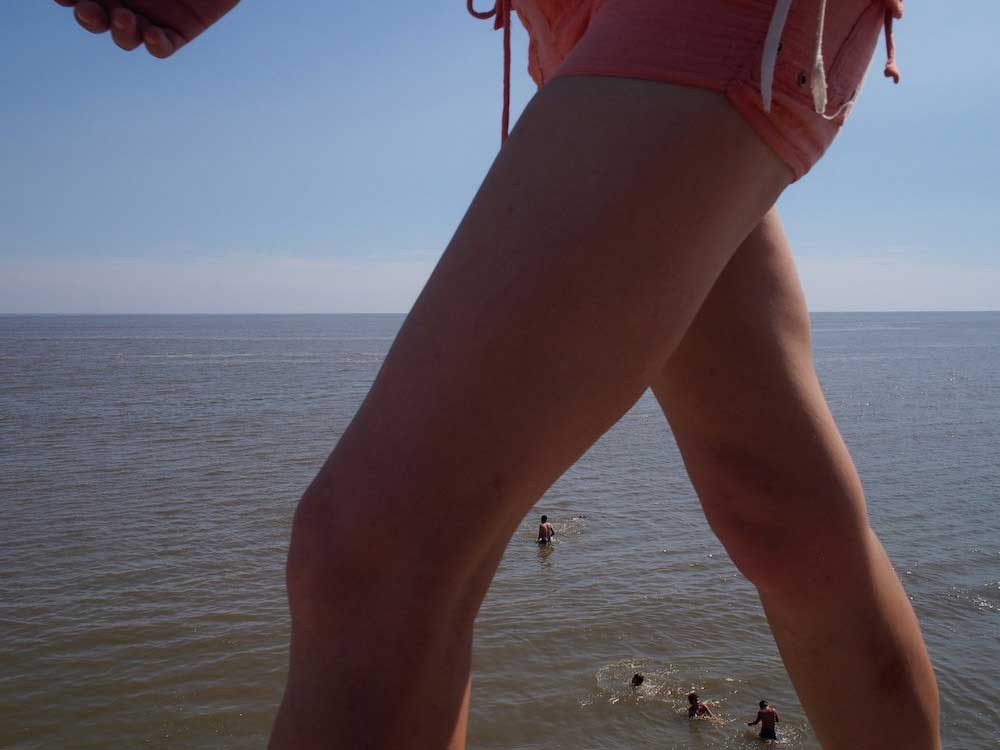
Hakim does not consider the image in its solitary form but only in a logical sequence (in a series). He reasons in stories and not as an isolated image. Like a mosaic made up of several disparate pieces. Each piece is remarkable in itself, however, the sublime (the mosaic) arises only in a collage with the other pieces. A photo may be beautiful or ugly on its own, but would surely become “sublime” with others. Today, he comes to the conclusion that only the sublime will interest him. If the beautiful provides a pleasure which is positive, simple, shareable, whole, very close to harmony, to measure the finite. The sublime extends beyond the beautiful. It is disproportionate and illusory. It touches our inner limits (those of imagination, knowledge, and body). It surprises us, moves us, and fascinates us. It also gives us a subjective, brutal and non-communicable pleasure. The advantage of the sublime is that it concerns both the limits of beauty and ugliness. For, the ugly also can fascinate, it is strange to the eyes, obscure, mysterious. What he likes about the sublime is that it blurs the tracks and distorts the equivalences. The terrible makes you laugh, shock you, and pleases you at the same time. Pleasure is created in a new light. Such is the great subversive power of the sublime, just like hope, capable of finally overturning the pre-existing and socially determined relations in phenomena or objects, and between values and feelings.
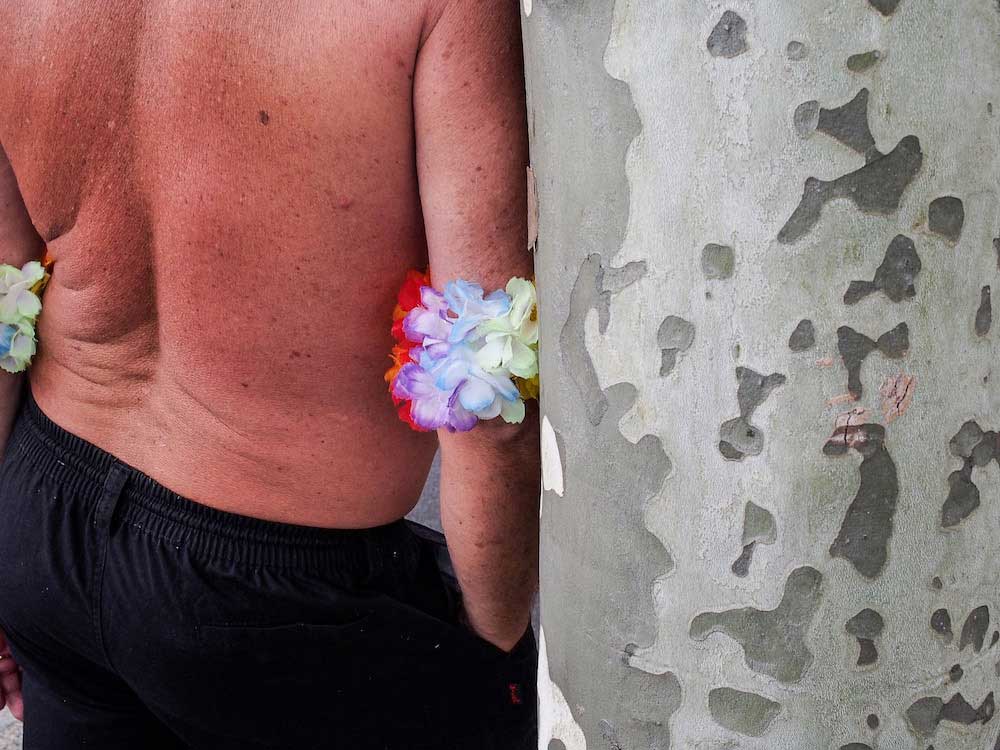
Street photography is generally understood as “straight photography”, which shows a pure vision of something in a particular moment. However, a street photo could very well represent the above and/or what comes later, despite the fact that it is based on the reality of the present time. And it is this magic which also captivates me. When Hakim photographs a dog wandering in a street, what also interests him, beyond its unusual posture and its unexpected look at the moment, and even beyond its appearance contrary to its nature, Is its past. Where is it from? Why is it here? Why such a necklace of well-gilded rapper? Then, where will it sleep later? What is it going to eat …? Will it still be able to wander in a week despite the Scandinavian cold and the African heat?
Sometimes, Hakim dreams of becoming invisible not by cowardly and mediocre voyeurism but simply to be more immersed in his subject. Besides, a voyeur could very well hide at an enormous distance or behind the hole of a lock. On the other hand, a photographer in immersion does not necessarily hide his presence about him. But he possesses the talent to make himself forgotten, in his worry to not affect the behavior of his subject and to let his natural and habitual actions reign. He dreams of being invisible, to be able to propose the visible. Do you know that all the art of street photography is to make the invisible visible?
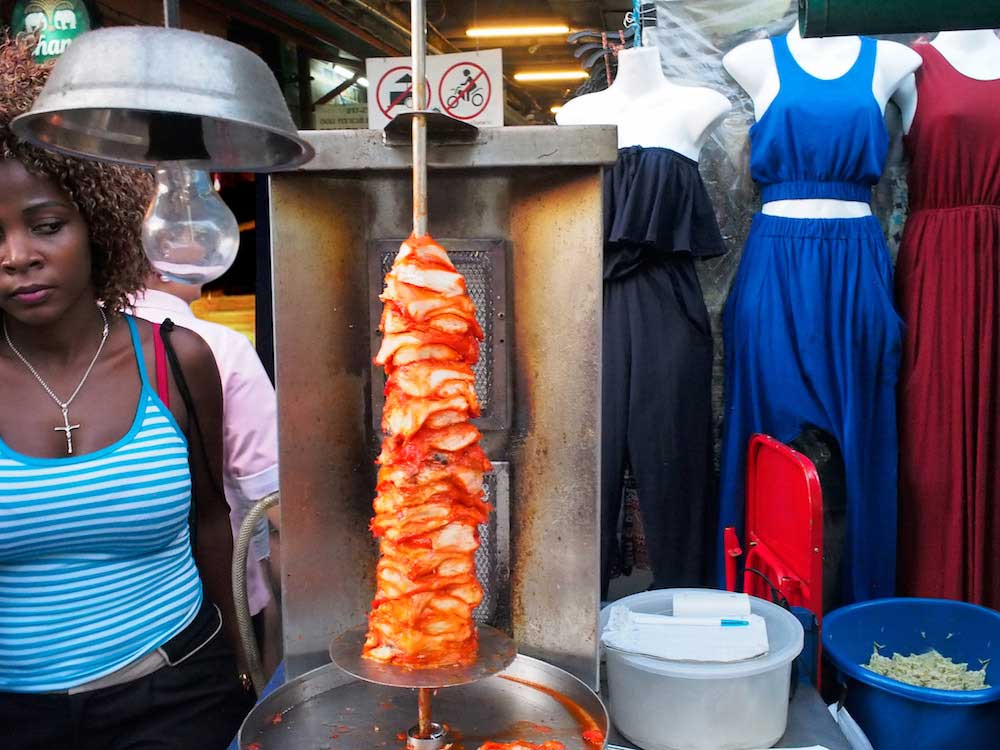
Hakim loves working with layers on his frame, in order to build many readable levels. This gives depth to the image. By the way, the best lessons of photography actually comes from painters. You can find the best layers in the work of the Flemish artist Pieter Brueghel, known for his satirical landscapes and paintings of peasant life, and his allegorical biblical scenes. For him, each frame is a multi-layer juice, a range of elements, pre-planes, and backgrounds, full and empty, light and shadow. But the most important aspect in this technical and artistic patchwork remains the human! In addition to its location, both past, and future, each city has a variety of cultural, economic and social strata that determine its identity and appearance. Each city is, therefore, a place of disorder and irrationality. The disorder can be at an architectural level as observed in Asian cities, or it can also be on an emotional and internalized level as the experiences in some cities of Eastern Europe.
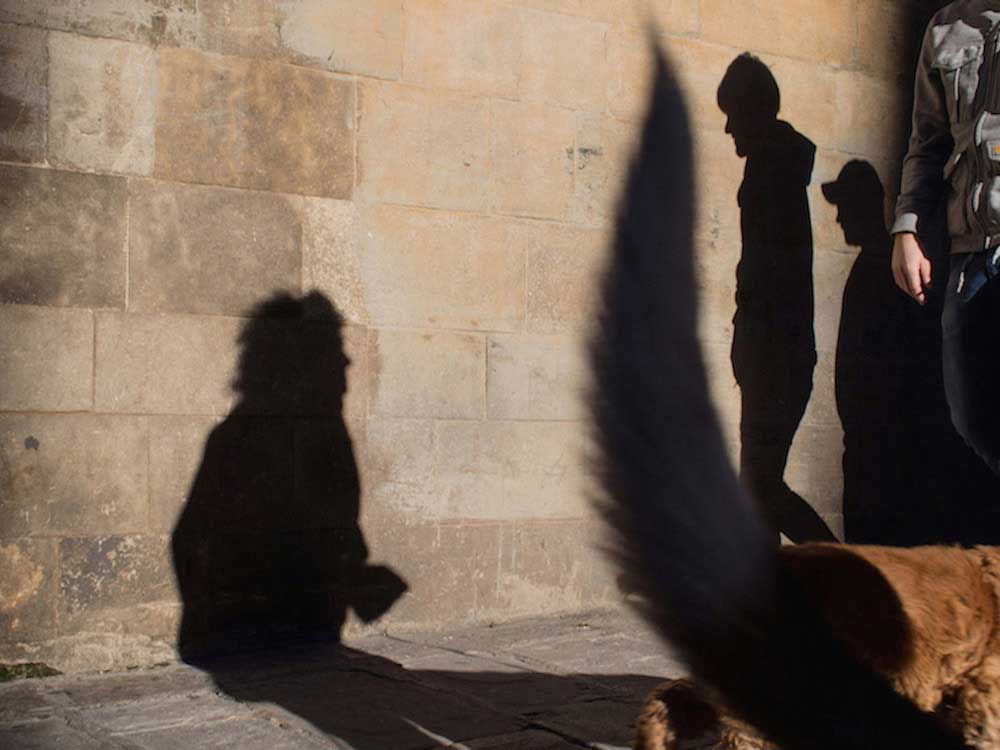
Hakim considers street photography as visual recycling, just like in the case of a sculptor making several forms from scrap or a designer working to give a new life and use to simple waste. The street is the sum of small moments rather than a general framework. All his projects are based on ordinary situations and daily gestures. However, every ordinary moment can be transformed into an extraordinary one through the lens. The real can become surreal. He sees photography in a surrealist way. In so far as it presents a necessary freeze-frame and a brief pause on an ephemeral world. Moreover, Surrealism is an integral part of the photographic art, since the discovery of photography is itself the result of surrealism: the act of being able to make an image freeze, in the world that surrounds us. According to the surrealists, the apparatus which itself forms the first frame, allowing for an automatic writing of the world. This concept of surrealism allows him in his approach, another vision of the city by challenging certain values and questioning the real. The surreal is no longer an end in itself, but an element to be introduced to the real. Photographic art seems to me to be the best space to dive into a dream, fantasy, poetry, and any photographic creation should serve only to open the world of the imaginary. Photography of purely a documentary or informative nature bores him. Only the frames which participate in an enlargement of life and in the liberation of the forces of man interest him (as a surrealist photographer).
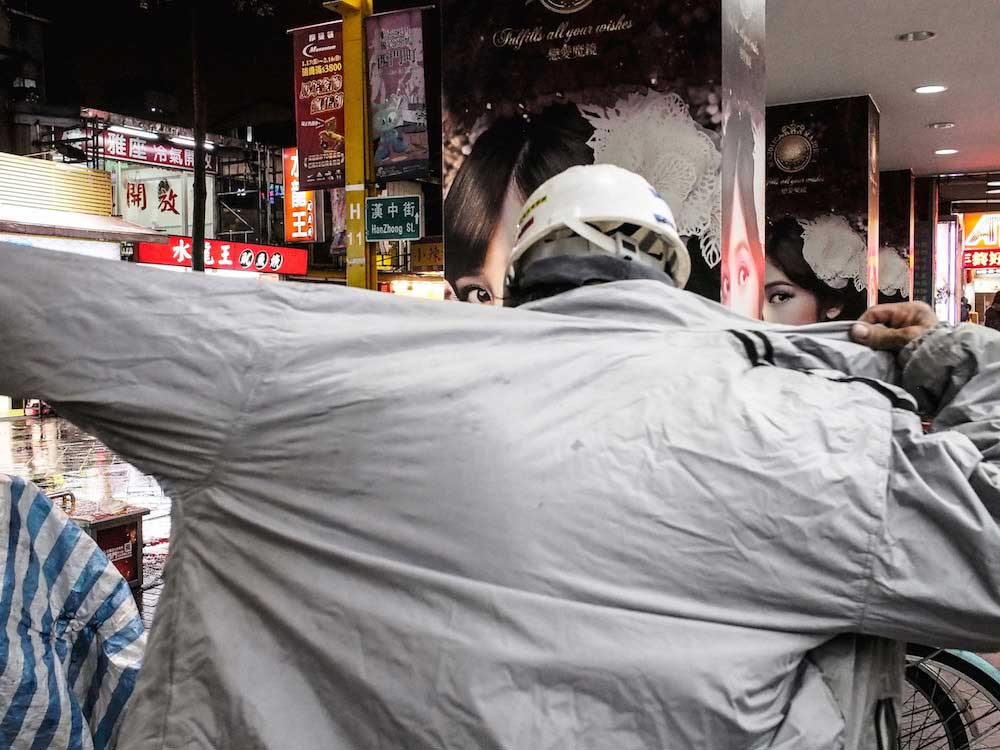
Hakim believes in the omnipotence of poetry and dream to bring to the foreground, the latent content of reality. He constantly seeks the surreal in reality. He is convinced that photography, in its surrealist plenitude, can give us visions that are different from our cities and our lives. He is always looking for a surrealist feeling in his images, where several narratives are possible and which could take the spectator’s psyche anywhere. [Official Website]
